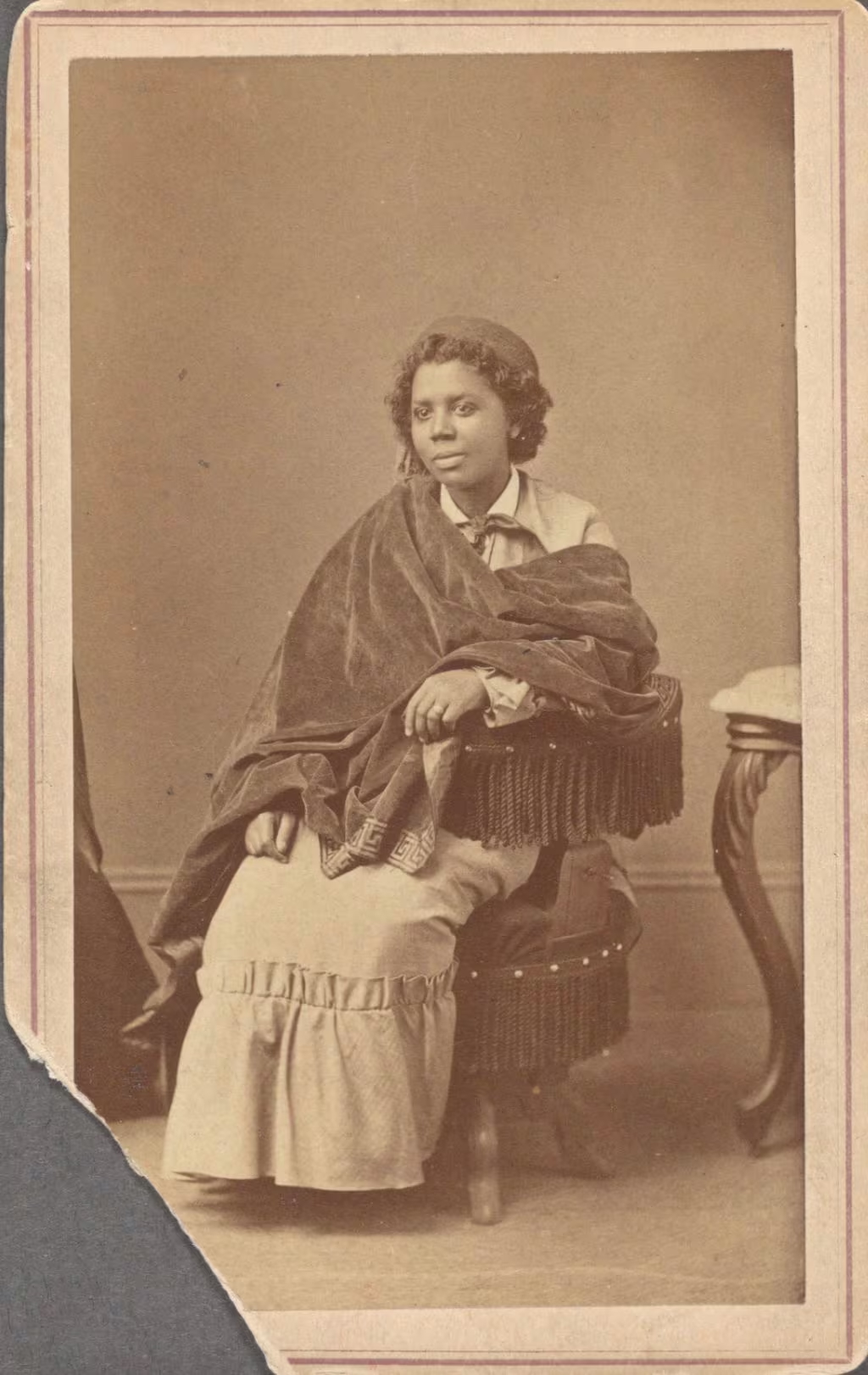Edmonia
Bill Banfield’s ‘Edmonia’ celebrates a sculptor who carved her own niche
Banfield, a composer and guitarist who founded Berklee’s Africana Studies department, says the story of Edmonia Lewis is ‘a true American story.’
By A.Z. Madonna
Boston
Globe Staff April 30, 2024

Portrait of sculptor Edmonia Lewis taken between 1870 – 1879.HENRY ROCHER/THE NEW YORK PUBLIC LIBRARY
In the late 19th century, a time when the world of fine art sculpture was almost exclusively the domain of white men, sculptor Edmonia Lewis (~1844-1907) — a woman of Black and Ojibwe descent, born in upstate New York — carved out her own niche in marble. Living in Rome, Italy, for most of her working life, she created pieces depicting biblical scenes such as “Hagar”; busts of luminaries of the day, including Abraham Lincoln and Ulysses S. Grant; and “The Death of Cleopatra,” which caused a buzz at the 1876 American Centennial Exposition in Philadelphia.
Still, few people know her name, said Boston-based composer and guitarist Bill Banfield, who was originally commissioned to write an opera about Lewis in 2000 by author Toni Morrison. He didn’t even know about Lewis until poet Yusef Komunyakaa asked him if he’d heard of her, he said. “History is his-story. It’s never our story,” he said in a recent phone conversation. “That’s why we’re always taught with half the story, because it’s his story.”
